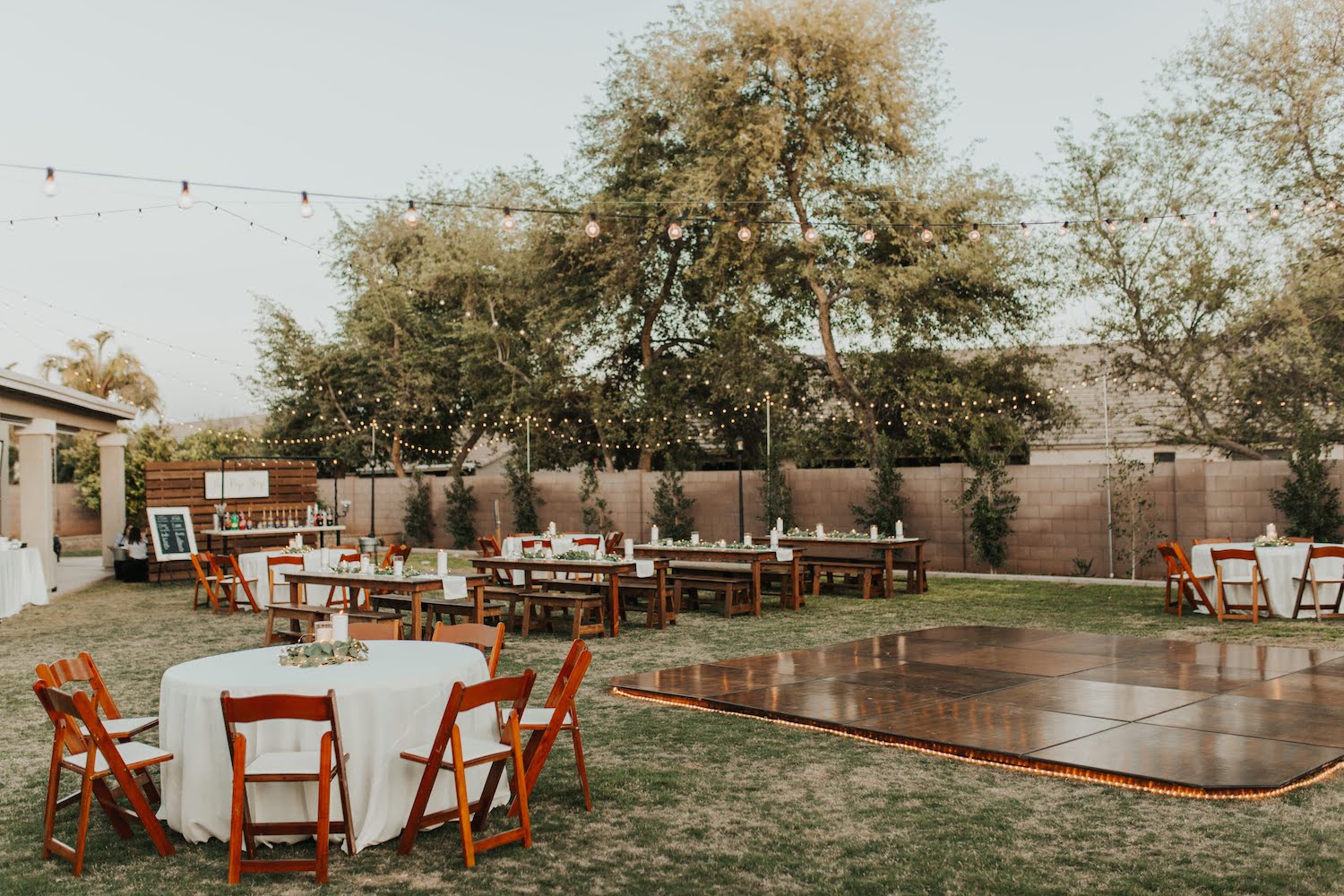
One significant trend in responsive LED dancing surfaces is the incorporation of intelligent technology. Many new models incorporate detectors that detect motion and adjust the illumination accordingly. This implies that the surface can change hues, designs, and visuals based on how many individuals are dancing and their location they are located. This reactivity creates a lively environment that promotes involvement and enthusiasm. Additionally, some models enable participants to control the lighting through smartphone apps, providing them the power to tailor their experience in the moment.
Another important pattern is the utilization of sustainable resources and power-saving technology. As environmental issues grow, many creators are focusing on developing LED dancing floors that are not only aesthetically impressive but also eco-friendly. This comprises using repurposed materials for the floor's building and implementing power-efficient light-emitting diode illumination. These innovations help reduce the environmental impact of gatherings while still providing a mesmerizing visual experience. By focusing on sustainability, creators are attracting to a more environmentally aware audience.
The incorporation of augmented virtual reality (AR) is also transforming the responsive dance floor encounter. AR technology enables participants to see virtual images and animations superimposed on the real environment through their smartphones or AR glasses. This can enhance the dancing surface experience by introducing virtual visit this site components that interact with the physical environment. For example, performers might witness animated figures or graphic displays that react to their movements, producing a distinctive and engaging environment. This pattern is particularly appealing to millennial crowds who are accustomed to virtual engagements in their daily lives.
Additionally, the styling of interactive light-emitting diode dance surfaces is becoming more versatile and modifiable. Many new models can be readily set up in various environments, from short-term events to permanent setups. This adaptability enables venues to develop tailored experiences that cater to various concepts and audiences. Some models even include interchangeable parts that can be rearranged to form varied shapes and layouts. This flexibility not only improves the aesthetic appeal but also enables for artistic expression in event organization.
In summary, the future of responsive LED dance surfaces is being influenced by innovative design patterns that concentrate on innovation, eco-friendliness, enhanced virtual reality, and versatility. These developments are producing more immersive and immersive encounters for users, making dancing surfaces a key feature of entertainment locations. As these trends continue to advance, they will probably reshape how individuals interact with music and movement, guaranteeing that responsive LED dance surfaces stay a popular option for events and celebrations.